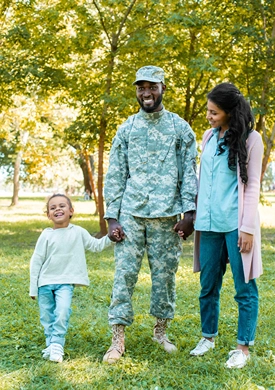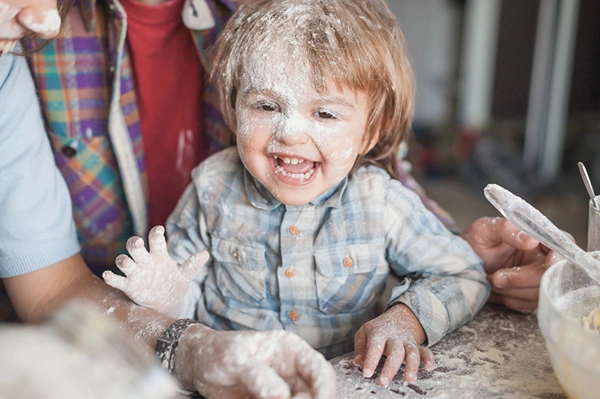Inspiring Family Bonding Through Personalized Wall Art Projects
Families come together in many ways, from sharing meals to playing games or taking vacations. One unique way for families to connect is through personalized wall art projects. Creating artwork for the home allows family members to collaborate, get creative, and make something meaningful to display.
With some preparation and imagination, wall art projects can inspire bonding and bring families closer together.
Selecting Meaningful Themes or Images
The first step in a family wall art project is choosing a theme, image, or phrase that holds significance for the family. This could be a family name, inspirational quote, family photos, favorite vacation spot, or anything that family members feel represents their bond. Take time to brainstorm ideas and choose something that excites the whole family.
Planning the Design Process
Once a theme is selected, gather materials and make a plan for the design process. Will family members each contribute their own piece to the artwork or collaborate on a single work? Sketch ideas and decide on the size and medium, like a painted canvas or photographic collage. Setting guidelines and parameters helps the project run smoothly, but make sure to leave room for spontaneity and individual expression.
Working Together to Create
The creative process is a chance for families to work together toward a common goal. Share ideas and take turns adding elements to the artwork. For a family portrait collage, one person could look through old photos while others arrange and glue them to a board. Alternatively, choose your photos together and get a specialist wall art company like MYPOSTER to print them for you.
Multigenerational projects allow parents, kids, and grandparents to each contribute. Let each person play to their strengths and assist where needed. For instance, younger kids may need help writing, while teens might excel at layout and design. Collaboration and shared effort can build stronger bonds.

Adding Personal Touches
While creating the artwork, encourage everyone to add personal details that represent themselves. For a family tree project, have each person decorate a branch with photos, favorite colors, or imagery showing their personality. A family motto wall hanging could include each person’s handwriting or a choice of meaningful quotes. Even in group projects, include small individual elements so everyone feels uniquely represented. This gives family members a creative outlet to express themselves while still contributing to the whole.
Celebrating Accomplishment with Display
Completing a wall art project takes time, effort, and compromise. Celebrate the journey you took together and the final result by proudly displaying the artwork in your home. Choose a prominent spot like the living room, dining area, or entryway, where it will be seen every day. Let it serve as a visual reminder of family bonds and the rewards of teamwork.
Personalized art adds meaning to any living space, but it takes on special significance when created together as a family. Wall art projects allow family members to brainstorm ideas, collaborate, get creative, and make something representative of their bond. With some inspiration and teamwork, wall art can bring families closer and strengthen relationships for years to come.









